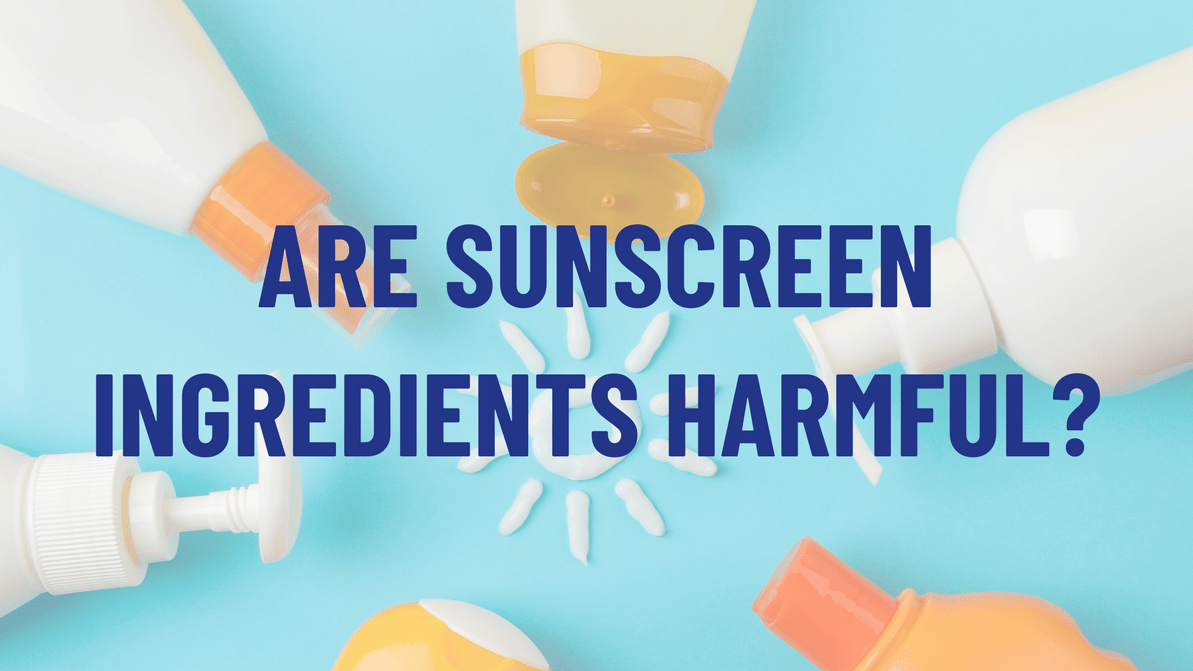Are sunscreen ingredients harmful?
Sunny days can bring a lot of fun. Going out for a swim, spending time in nature, or relaxing on the beach doing nothing. All is perfect until you get a nasty sunburn. Sunscreen is a staple for many in every season. But is it always the healthiest option for your skin? Or are sunscreen ingredients harmful?
When used correctly, sunscreen can help you avoid sunburns and prevent premature aging and even skin cancer. However, its ingredients have been the topic of many controversies over the years.
Some say sunscreen has too many chemicals, which come with serious risks to your health. Others express concerns over how sunscreen affects corals and sea life. Is this a situation of choosing the lesser evil? Or are there safe sunscreen ingredients? Here’s everything you need to know about this topic.
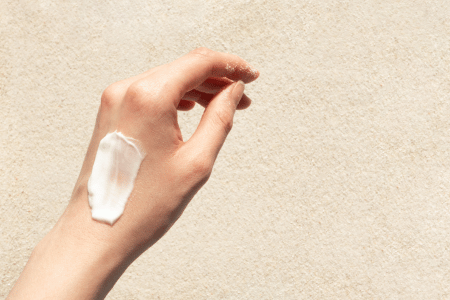
A closer look at sunscreen
There are hundreds of sunscreen options available. Some claim they protect against UVA rays; others will protect against both UVA and UVB. Some are water resistant, others aren’t.
When looking at ingredients, there’s a different classification that matters: chemical vs physical (mineral) sunscreen.
Chemical sunscreens contain organic compounds as their active ingredients. They convert UV rays into heat, which is later released from the body.
They’re easier to apply, are lighter on the skin, and won’t leave you feeling like a greasy mess. Sadly, they also have several ingredients that are a known risk to either human health or coral and sea life.
Physical (mineral) sunscreens contain mineral compounds as active ingredients. Usually, those compounds are zinc oxide or titanium dioxide. They protect you by creating a barrier on the skin that can scatter UV rays.
They’re usually gentler on the skin, which makes them perfect for those prone to allergies, and they protect you against both UVA and UVB rays. They start working as soon as you apply them, as opposed to chemical sunscreens, which need a few minutes to become effective.
Mineral sunscreens are often harder to apply and can leave white traces on the skin. Their ingredients might not be entirely harmless, but research is ongoing.
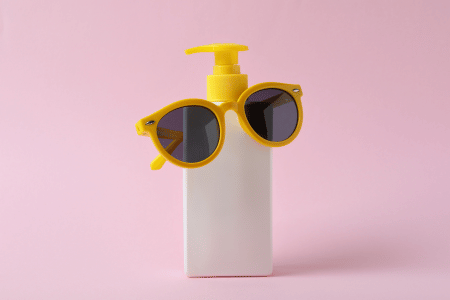
Sunscreen ingredients to watch out for
Sunscreens often have long ingredient lists. Here are a few to watch out for.
1. Oxybenzone
A common ingredient in chemical sunscreens, oxybenzone may be harmful to humans in more ways than one.
A 2019 study showed that women who apply products with 6% or more oxybenzone during the first trimester may absorb it into their bloodstream. This can cause serious issues with fetus development. These side effects are rare, but they’re not negligible.
This chemical is also damaging to corals, as it may cause bleaching. Plus, it can be toxic for fish, leading to their death when large quantities get in the water. Because of this, oxybenzone is forbidden in Hawaii and restricted in Japan, but so far, it is allowed everywhere else.
2. Octinoxate
Another common ingredient in chemical sunscreens, octinoxate, is great at keeping UVB rays at bay and protecting the skin against damage.
Animal studies showed it can have a negative impact on your hormones and may harm your thyroid.
It is also unsafe for corals and fish, which is why you can’t use it in Hawaii, Palau, and Key West (Florida).

3. Mexoryl SX
Another ingredient you’ll find in chemical sunscreens, Mexoryl SX, is great at fighting against UVA rays. It works best with avobenzone, which is why you’ll usually find these ingredients together.
It’s a rarer ingredient since it only protects against one type of UV rays. There’s no research suggesting it is harmful to humans or the environment.
4. Avobenzone
Like Mexoryl SX, avobenzone offers protection against UVA rays only. It is also unstable on its own and will destabilize when exposed to light. As a result, you’ll often find it alongside other ingredients that will make your sunscreen a full-range product.
Sadly, research also showed avobenzone can cause allergic reactions and may even disrupt your hormones.
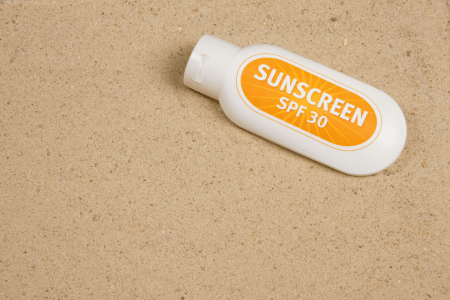
5. Zinc Oxide
An ingredient you’ll find in physical sunscreens, zinc oxide is allowed in concentrations of up to 25% in products. Studies have found no evidence that it can cause harm to humans or that particles penetrate the skin.
Zinc oxide isn’t the perfect ingredient, though. It may not cause harm to humans, but it is toxic to aquatic life. It is also less effective at protecting your skin from sunburns, but it is good for protecting against other types of sun damage, such as premature aging and, potentially, skin cancer.
6. Titanium Dioxide
Another ingredient found in mineral sunscreens, often alongside zinc oxide, is titanium dioxide, which is considered safe by the FDA. You can even use it for children 6 months or older. It is a broad-spectrum UV filter, protecting your skin against sun damage.
There are some precautions you should consider. Some researchers suggest you should avoid products with titanium dioxide in spray or powder form. Stick to creams or lotions instead, and you should be safe.
Another research also suggests that oral nanoparticles of titanium dioxide may be potentially carcinogenic to humans. However, the studies were only conducted on animals, so there’s no definitive answer here.

How to choose the best sunscreen?
Choosing the best sunscreen depends on various factors. Are there any ingredients you’re allergic to? Do you want to avoid chemicals as much as possible? How long would you like your sunscreen to last? Ideally, you’ll want:
- SPF of at least 30. The American Academy of Dermatology recommends an SPF of 30 or higher. This ensures more protection and reduces your risk of sunburn.
- Water resistant. Even if you don’t plan to swim, go for something water-resistant because it’s not all about the water. Sweating will also reduce the effect of your sunscreen. Water resistant doesn’t mean you’ll never have to reapply it, but it will help considerably.
- Broad UV spectrum. Most sunscreen products nowadays protect against both UVA and UVB rays. But you can still find the occasional one that’s only meant to help with one type. Go for the broad spectrum, as it will ensure more protection for your skin.
Don’t forget sunscreen isn’t everything. Stay away from the sun at peak hours—between 11 am and 5 pm—as much as possible. Wear clothing so that less of your skin is exposed to the sun. A hat during the summer, along with a pair of sunglasses, will help both the skin and your eyes.

The bottom line—are sunscreen ingredients harmful?
Sunscreen comes in many shapes and forms, and some can contain harmful ingredients. Chemical formulations contain more “unsafe” ingredients than others. These can cause harm, especially when used often. Plus, many are unsafe for corals and aquatic life, and that’s not a small issue either.
Mineral sunscreens are more natural, and their ingredients cause less to no harm when used correctly. They’re also safer for aquatic life.
What is the solution? Sadly, staying away from sunscreen is not it. The risks of sun exposure are real, as estimates suggest that 1 in 5 people in the US will get skin cancer at some point in their lives.
Look for ingredients you feel comfortable with both for your health and the environment, and make sure you have no allergies to any of them. Natural (or, in this case, mineral) is usually better, but these sunscreens may be weaker in terms of protection. Finally, don’t forget to check out our guide on using sunscreen and other tips to help you avoid a nasty sunburn.
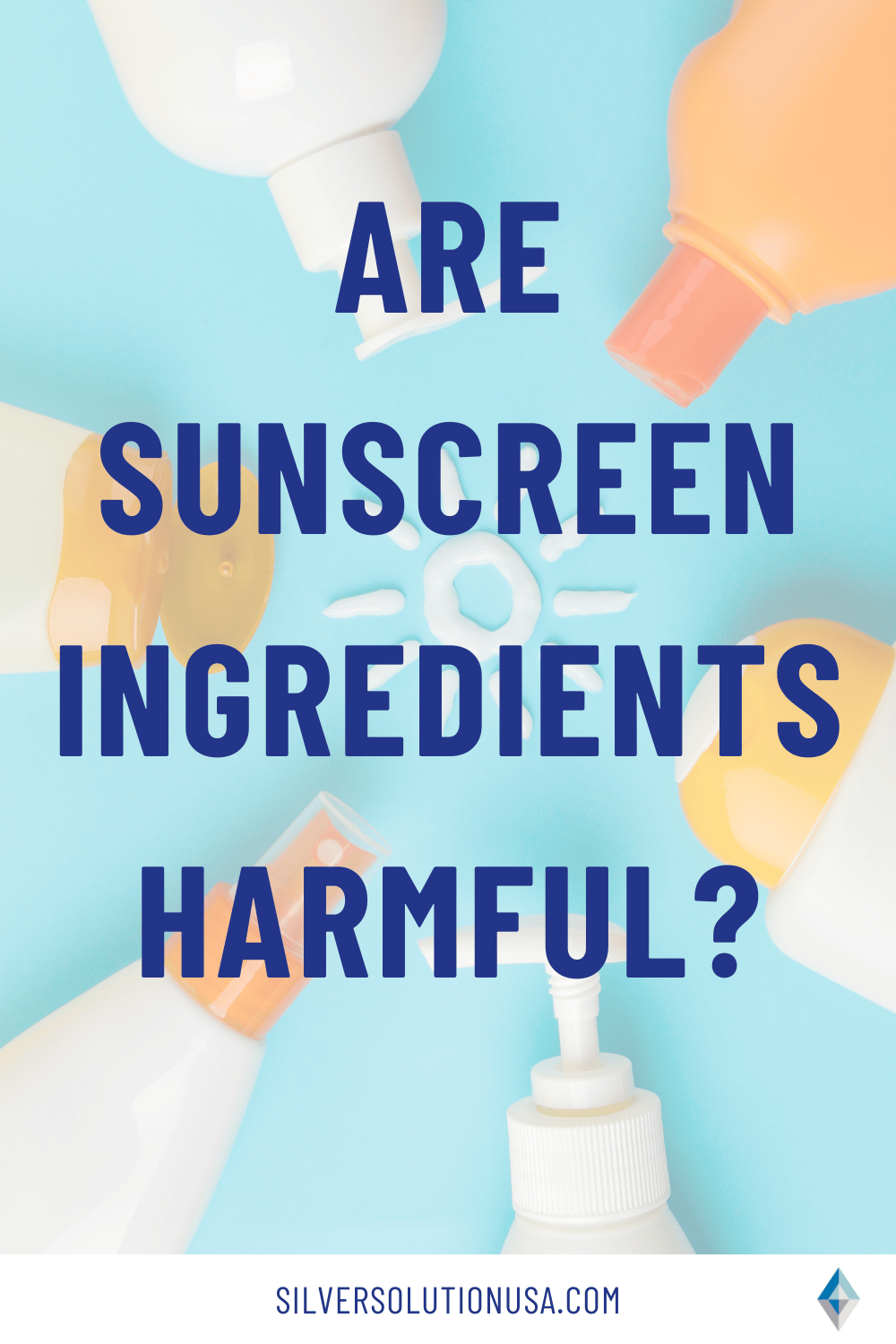
Health/Medical Disclaimer
This blog post does not provide health or medical advice. This blog post is for informational and educational purposes only and is not a substitute for professional health or medical advice. Before taking any actions based upon such information, we encourage you to consult with the appropriate medical and healthcare professionals. We do not provide any kind of health or medical advice. The use or reliance of any information contained on this blog is solely at your own risk.
Sources
https://www.sciencedirect.com/science/article/abs/pii/S0890623818305835
https://pubmed.ncbi.nlm.nih.gov/16368123/
https://www.mdpi.com/1999-4923/15/3/1008
https://academic.oup.com/toxsci/article/156/1/240/2937760
https://pubmed.ncbi.nlm.nih.gov/30448212/
https://www.ncbi.nlm.nih.gov/pmc/articles/PMC3423755/
Recent Posts
-
Are sunscreen ingredients harmful?
Sunny days can bring a lot of fun. Going out for a swim, spending time in nature, or relaxing on the …18th Mar 2024 -
The Veggie Debate: Does Cooking Vegetables Destroy Nutrients and the Best Ways to Cook Them
Vegetables are one of the healthiest foods you can choose. Some people downright hate them, while so …4th Mar 2024 -
Best Foods for COVID Recovery and Prevention
A few years ago, a new virus took the world by surprise. COVID-19 may look like the flu on the surfa …19th Feb 2024

